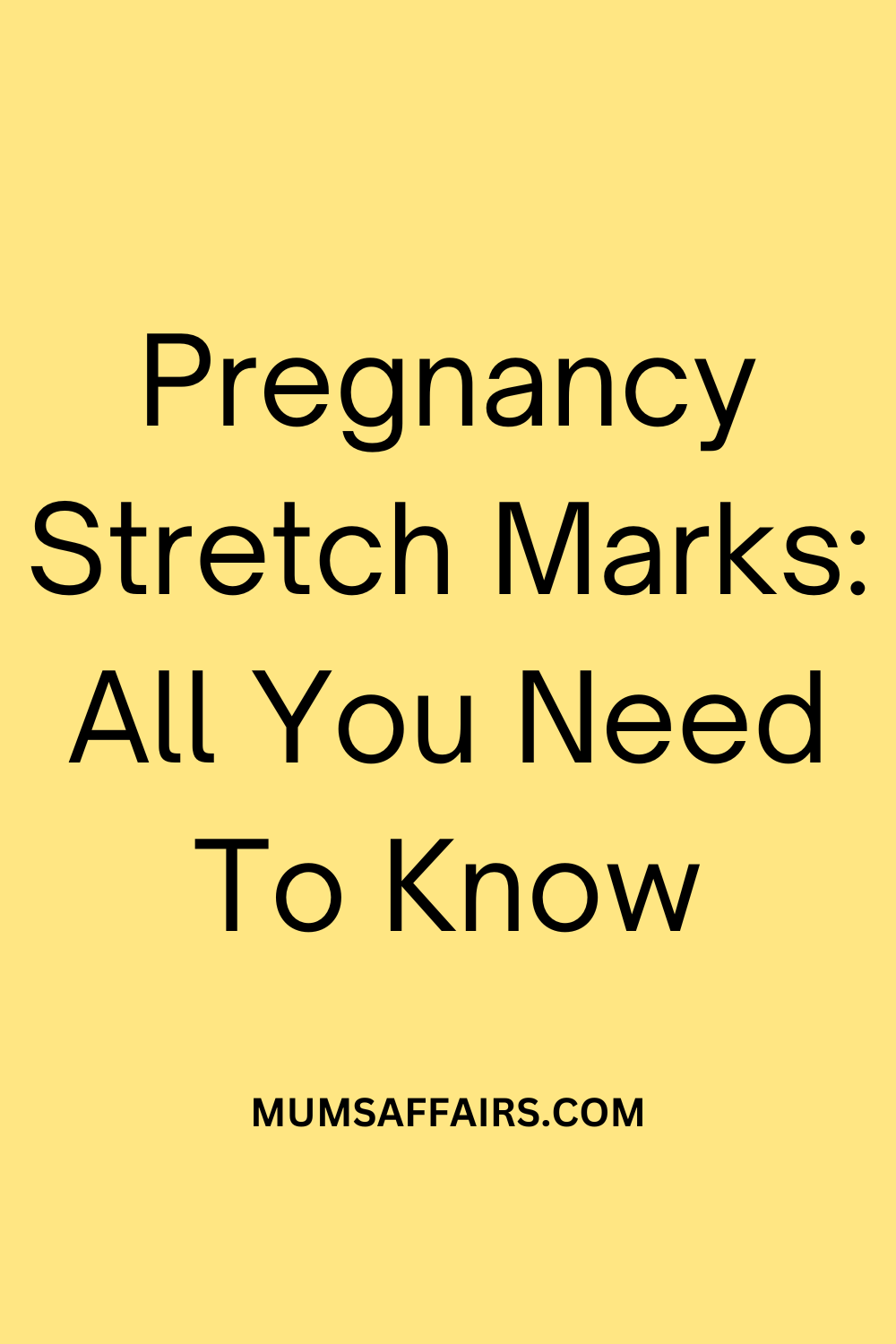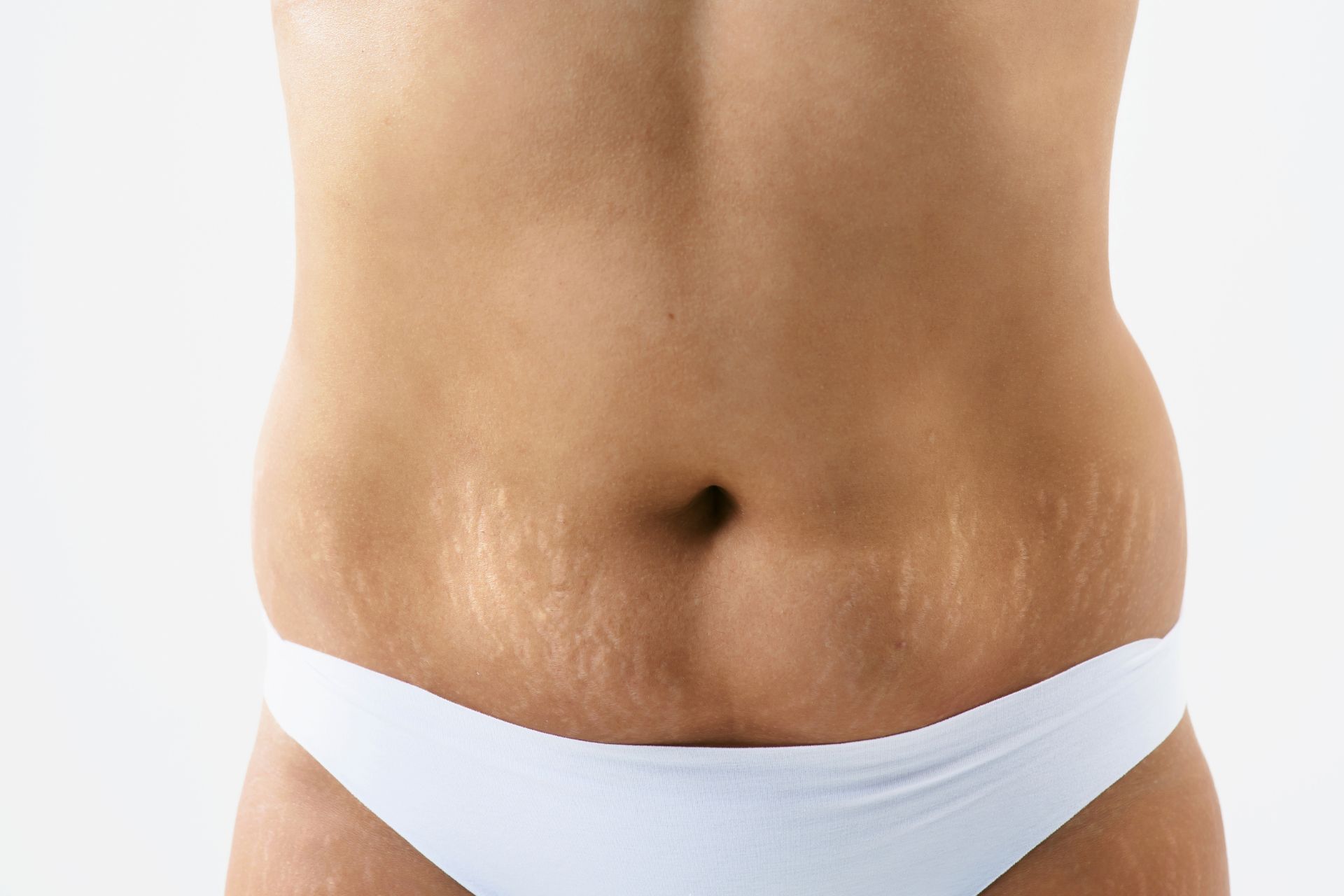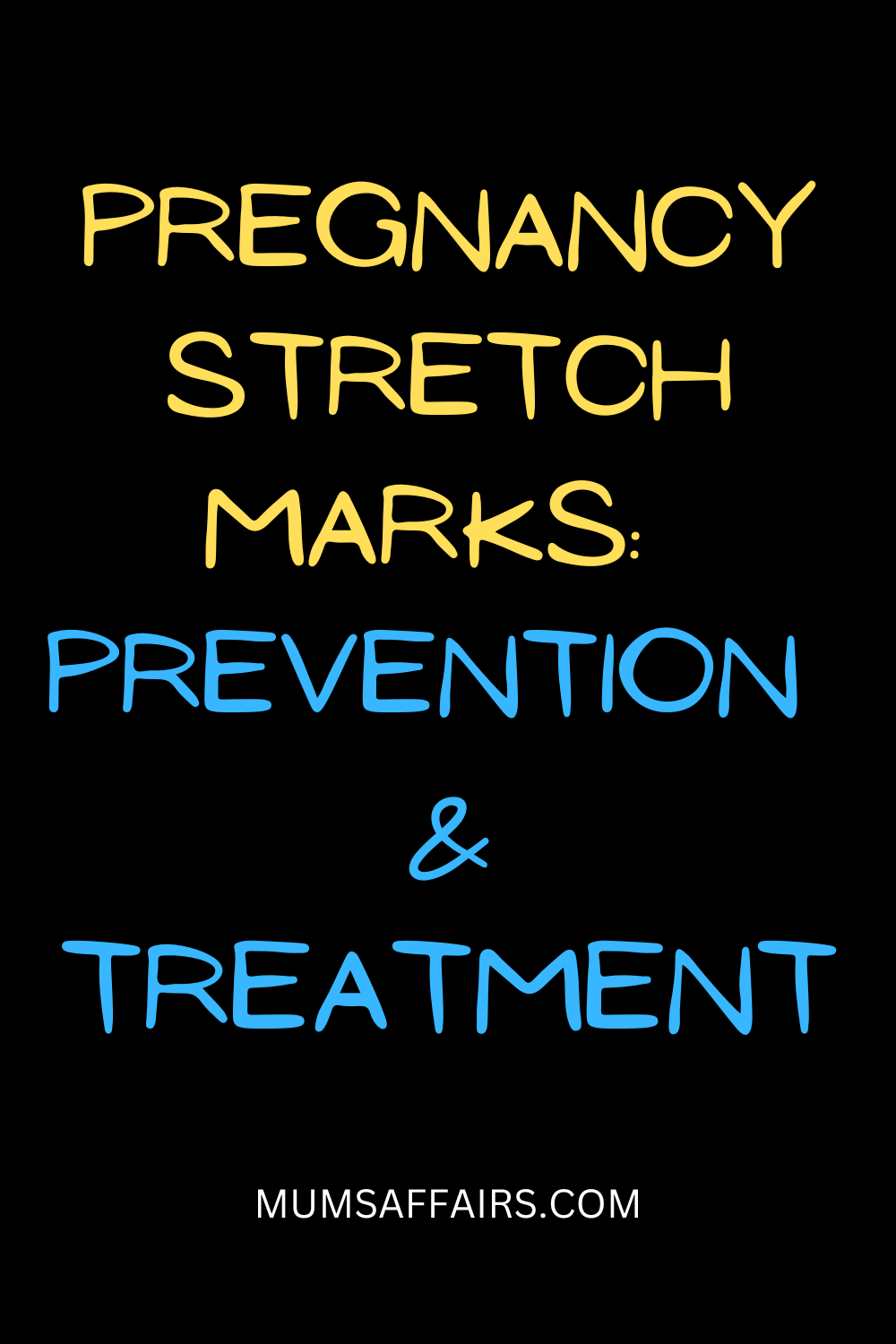
Pregnancy stretch marks: all you need to know, pregnancy stretch marks are one of the most common problems many women suffer during pregnancy. However, there are ways to avoid getting them and reduce their appearance once you have them. Here’s what you need to know about pregnancy stretch marks before your subsequent pregnancy!
Your pregnancy may feel like it’s the first time you’ve ever been pregnant, but the reality is that you’re not the only woman to experience it. More than 50% of women with children have stretch marks due to their pregnancies.
Although they can be unsightly and embarrassing, they’re not permanent and fade over time. If you know what they are, how they happen, and what causes them to fade quickly, you can begin to make peace with your stretch marks—or at least stop hiding from your friends and family!
What should you do when you get stretch marks during pregnancy?
You can do a few things to minimize the appearance of stretch marks during pregnancy. The best thing you can do is to keep your skin moisturized. Moisturizing helps prevent dry, flaky skin, leading to itching, scratching, and increased scarring.
Applying cocoa butter or olive oil before getting dressed will also help moisten your skin. Drinking fluids such as water will also keep your skin hydrated and healthy. If you feel like your stretch marks are becoming more noticeable, consult a dermatologist for recommendations on what treatments may be right for you.
Can you prevent stretch marks during pregnancy?
Stretch marks are caused by rapid stretching of the skin. This can happen during pregnancy, but it can also happen to people who gain a lot of weight quickly for any other reason. Prevention is possible but difficult because you must avoid rapid weight gain and stretch-mark-causing hormones (like estrogen).
Some medications, like Retin-A cream, can help prevent or lighten stretch marks. Otherwise, you cannot do much to prevent them from happening.

Pregnancy Stretch Marks: All You Need To Know
What Are Pregnancy Stretch Marks?
Stretch marks, also known as striae gravidarum, are caused by rapid stretching of the skin. This is most common when pregnant but can happen during growth spurts. While they don’t have any physical side effects, their appearance can be embarrassing and affect self-esteem.
Fortunately, you can do a few things to help prevent stretch marks from happening or lessen their appearance. Firstly, if you’re overweight or obese (a BMI over 30), talk to your doctor about weight loss strategies before getting pregnant.
Additionally, take care of your skin with gentle exfoliation and moisturizing lotions – this will make them less prone to scarring and might even lighten them up over time. If you are already pregnant and start noticing stretch marks, try topical treatments like Bio-Oil.
It’s not medically proven that it works, but it’s been recommended by many moms who found success!

When Do They Appear?
The severity of stretch marks depends on several factors, including genetics, weight, and skin elasticity. The most common time stretch marks appear is during pregnancy or puberty. Stretch marks may also develop after significant weight gain or loss. Some people are more prone to developing stretch marks than others due to genetics.
Genetics can also cause the color of your stretch marks; they can be red, purple, or white. If you’re worried about getting stretch marks during your subsequent pregnancy, some products can help prevent them from appearing, such as Revitol Stretch Mark Cream.
-Revitol Stretch Mark Cream has been clinically proven to improve the appearance of scars by up to 50% within eight weeks
-It’s made with natural ingredients like Retinol A and Shea Butter which work together to moisturize and tighten the skin while repairing damaged tissue
-Revitol has a 90-day money-back guarantee if you don’t see an improvement in your scars

Causes
The causes of stretch marks are not well-known. They may be caused by rapid weight gain or loss, pregnancy, puberty, or certain medications. Most stretch marks fade over time and can be reduced with topical creams and laser treatments.
A healthy diet is recommended for women who want to avoid or minimize the appearance of stretch marks. There are no known cures for stretch marks, but some people believe that treatment involving lasers or topical creams can help reduce their appearance.
Eating a healthy diet is recommended for women who want to avoid or reduce the appearance of stretch marks. There are no known cures for stretchmarks, but some people believe that treatment involving lasers or topical creams can help reduce their appearance.
If you get pregnant, keep an eye out for changes in your skin condition and make an appointment if necessary.
Remember to stay strong and remember what the end goal is!
Keep an eye out for any changes in your skin condition during pregnancy, and see your doctor if needed.
Doing a little research now will better prepare you for complications later.

How to Prevent Pregnancy Stretch Marks
During pregnancy, as your body changes and grows to accommodate the baby, you may notice stretch marks. Many products on the market claim to help prevent stretch marks, but it’s important to remember that no product works for everyone.
Talk with your doctor about what would work best for you.
The best prevention is healthy eating and staying hydrated to keep skin elasticity up.
If pregnant women experience stretch marks, they should not pick at them or try to rub them off, as this can make them worse!
A dermatologist might recommend using Vitamin E or Retin-A to help fade the lines over time. Stretch marks during pregnancy do not affect future pregnancies, so don’t worry about getting new ones again! If the mother takes good care of her skin, she’ll avoid more stretch marks.
Some women also like to use cocoa butter and oatmeal lotion after pregnancy because it helps moisturize the skin.

How to Treat Pregnancy Stretch Marks
There are several ways to treat stretch marks. The key is to pick something that will work for you, as every person’s skin is different, and what might work for one person might not work for another. Your dermatologist can recommend some products or procedures to help remove your stretch marks.
Methods include laser treatments, chemical peels, dermabrasion, or microdermabrasion. Please talk with your doctor about which treatment they would suggest based on your skin type and the severity of the stretch marks.
You can also use creams containing vitamin A or retinoids, which may reduce the appearance of the scars if used over time in conjunction with other treatments, such as laser therapy.
Be sure to talk with your doctor about which option will work best for you so that you can get rid of those pesky stretch marks ASAP!
Bottomline On Pregnancy Stretch Marks: All You Need To Know
Finally, it’s important to note that there are many treatment options for stretch marks, including lasers, topical treatments, and injectables. If you’re worried about how to deal with stretch marks on your own, you can consult a dermatologist specializing in skincare and laser treatments.
Pin Me For Later!


